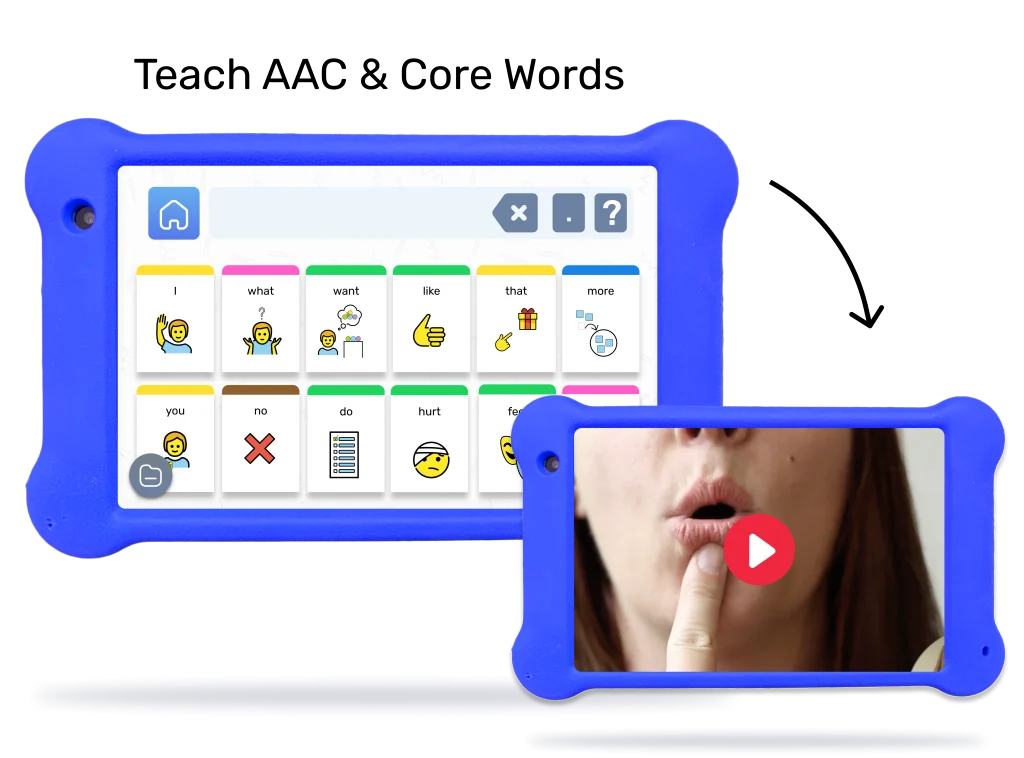Have you ever noticed how some kids with high-functioning autism seem to have an unusual relationship with pain? It’s as if they’re invincible superheroes, brushing off scrapes and bumps that would send other kids running for a band-aid. This fascinating aspect of high-functioning autism and pain can be both awe-inspiring and a cause for concern. As a professional who has spent years working with these extraordinary children, I’ve seen firsthand how this high pain tolerance can impact their lives and the lives of those who care for them. This blog post will explore the science behind this phenomenon, discuss its implications, and offer practical strategies for parents and caregivers.
Table of Contents
Understanding the Connection Between High-Functioning Autism and Pain
As a professional who has worked with many neurodivergent kids, I’ve observed a unique characteristic – a high pain tolerance. This observation is not just anecdotal; it’s backed by science. A study published in the Journal of Pain found that children with high-functioning autism often exhibit a higher pain threshold compared to their neurotypical peers. This means they can withstand more physical discomfort before reacting to it. But why is this the case?
It’s primarily due to differences in sensory processing. Kids with high-functioning autism often experience the world differently. Their brains process sensory information, including pain signals, in unique ways. This can result in them not recognizing or responding to pain in the typical manner.
The Implications of High Pain Tolerance
At first glance, you might think that a high pain tolerance is a good thing. After all, who wouldn’t want to be impervious to discomfort? But, as I’ve discovered in my practice, it can pose challenges.
For one, it can make it difficult to recognize when a child is hurt or ill. Kids with high pain tolerance might not react to injuries or illnesses as you’d expect. They might not complain about a sore throat or a sprained ankle, making it hard for parents and caregivers to know when something is wrong. This can lead to delayed medical care and potentially serious complications.

Read more: What Does High Functioning Autism Look Like In A 5 Year Old?
Strategies for Parents and Caregivers
So, what can you, as a parent or caregiver, do to navigate this unique aspect of high-functioning autism? Here are some strategies I’ve found to be effective:
- Stay vigilant: Even if your child doesn’t complain of pain, keep an eye out for signs of discomfort. This could include changes in behavior, loss of appetite, or difficulty sleeping.
- Encourage communication: Teach your child to communicate their feelings, including physical discomfort. Use visual aids or role-play scenarios to help them understand and express their feelings.
- Seek professional guidance: If you’re unsure about your child’s pain tolerance or how to handle it, don’t hesitate to seek advice from professionals who specialize in working with neurodivergent kids.
Goally | The Safest Tablet for Kids

Autism Pain Tolerance
It’s important to be aware of their unique pain experience and to take their pain seriously. Even if they do not express pain in a typical way, if they sustain an injury it’s important to assume they may be in pain and provide appropriate medical care. This may involve consulting with a healthcare provider who has experience working with individuals with autism.
Get to know your child’s individual sensory needs and preferences. Some individuals with autism may be more sensitive to certain types of sensory stimuli, such as a tight hug or scratchy clothing. Being aware of these sensitivities can help you avoid unnecessary pain and discomfort for your child.

Goally | Apps that Teach Kids AAC & Core Words
Is your child facing challenges in expressing themselves or communicating effectively? Goally has one of the best language language learning apps for kids to support their journey in building essential communication skills!

The Word Lab and AAC Talker apps provide a simple, engaging platform for your child to learn core words and become a functional communicator right from the start. Customize the experience with a voice that suits them, and watch as their confidence grows in expressing their thoughts and needs!
Final Thoughts
Understanding the relationship between high-functioning autism and pain can help you better support your child and ensure they receive the care they need. Remember, every child is unique, and what works for one might not work for another. So, keep exploring, learning, and adapting your strategies as you navigate this journey together.
FAQs about High-Functioning Autism and Pain
1. What is high-functioning autism? High-functioning autism, often referred to as Asperger's Syndrome, is a type of autism spectrum disorder characterized by difficulties with social interaction and nonverbal communication, alongside restricted and repetitive patterns of behavior and interests. 2. Why do some children with high-functioning autism have a high pain tolerance? Kids with high-functioning autism often have unique sensory processing, which can affect how they perceive and respond to pain. This could result in a higher pain threshold, meaning they can withstand more physical discomfort before reacting to it. 3. How can I tell if my child is in pain if they have a high pain tolerance? Look for changes in behavior, loss of appetite, or difficulty sleeping as potential signs of discomfort. Encouraging your child to communicate their feelings, including physical discomfort, can also be helpful. 4. Is high pain tolerance a problem? While it might seem beneficial, a high pain tolerance can lead to delayed medical care as children might not react to injuries or illnesses as expected. Therefore, it's important for parents and caregivers to stay vigilant and seek professional guidance when necessary. 5. Can high pain tolerance be reduced? There's currently no known way to reduce high pain tolerance directly. However, teaching children to recognize and communicate their feelings can help ensure they receive appropriate care when they're hurt or ill.
This post was originally published on 02/22/2023. It was updated on 03/7/2024.

Goally
We help parents teach their kids life skills, like doing bedtime and morning independently. Backed by science, we incorporate evidence-based practices and expert-informed designs in all of our apps and content.






